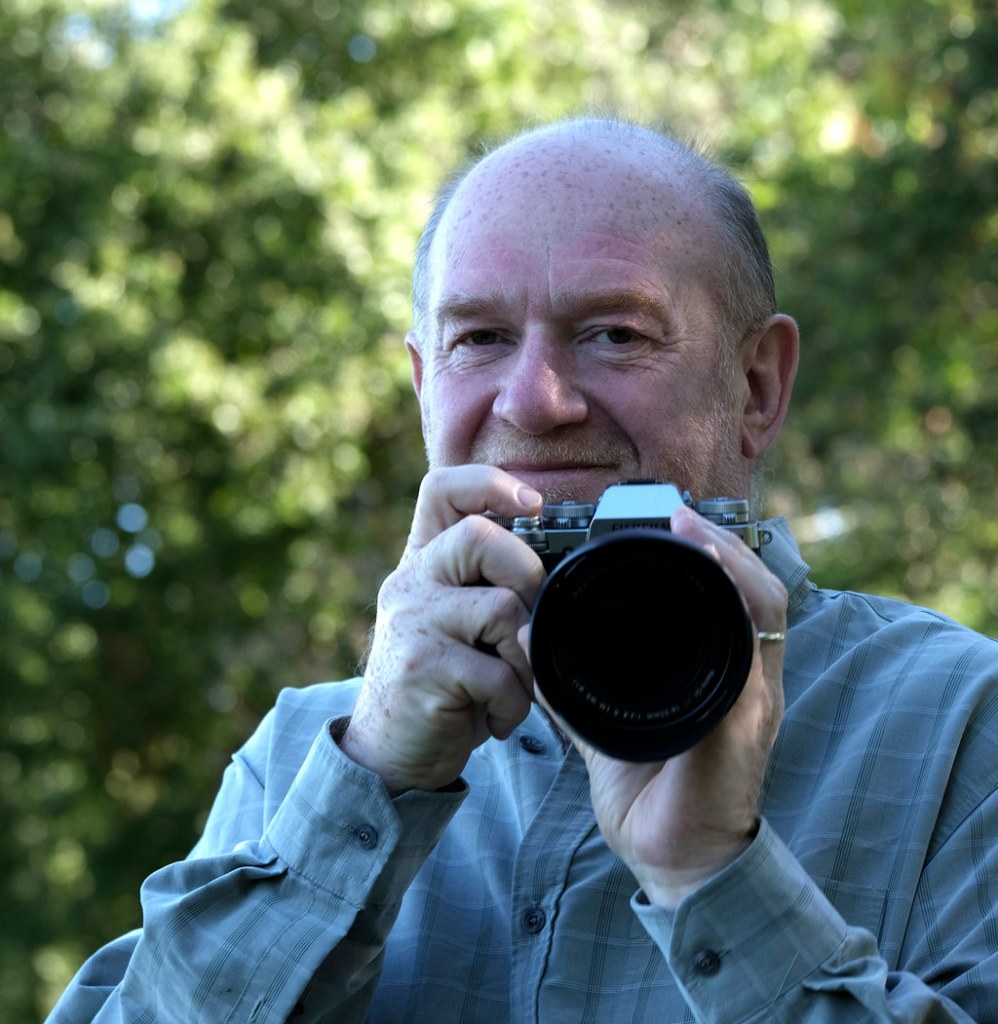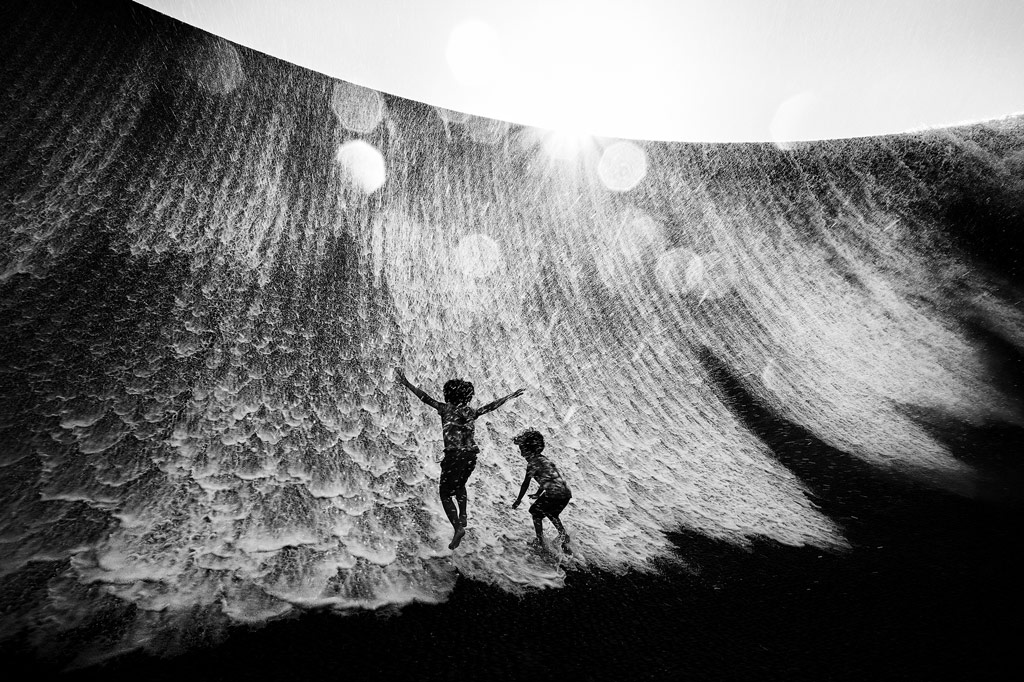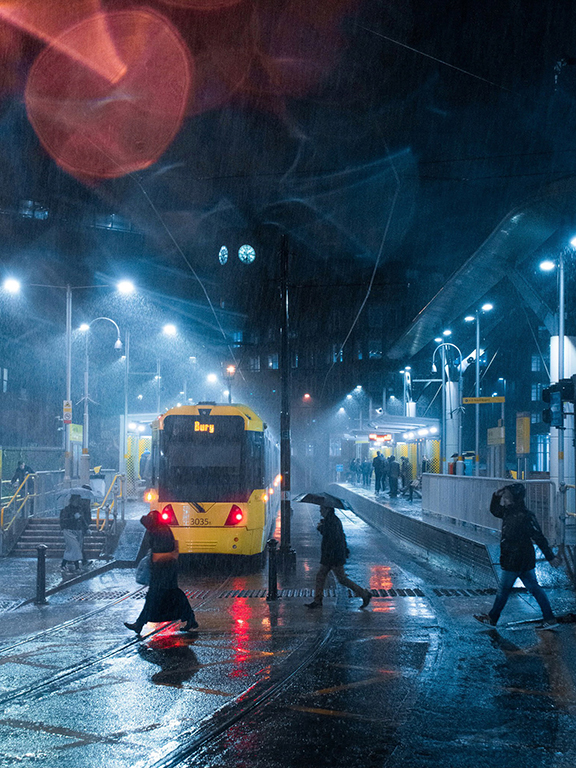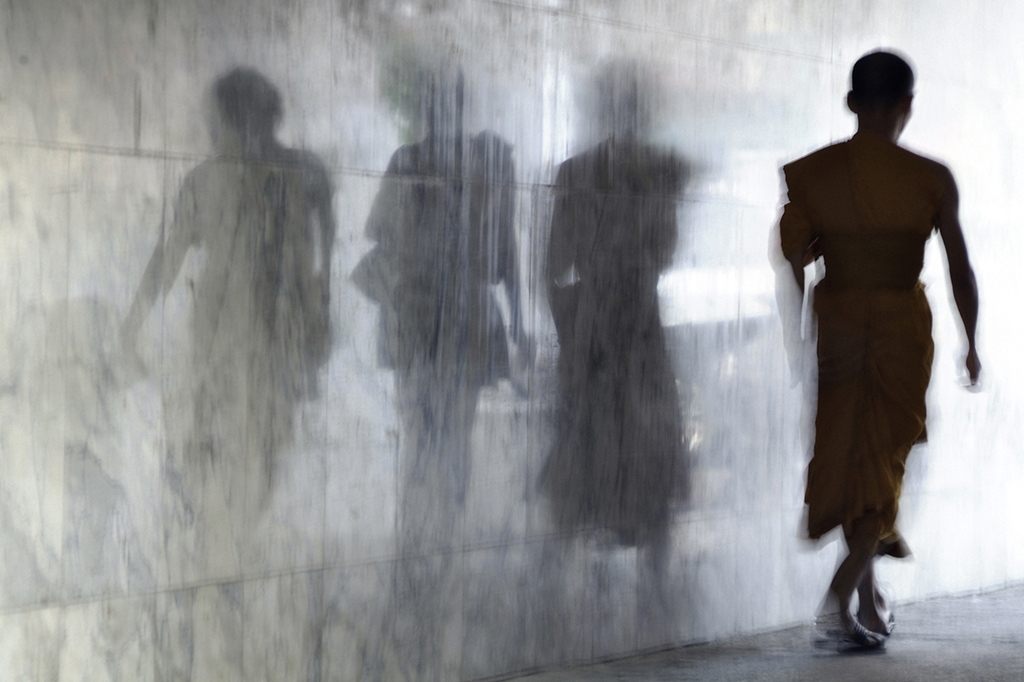While attending the Xposure photo show in the UAE, Geoff Harris caught up with Chris Coe, founder of Travel Photographer of the Year. Chris shares some insider tips for success in the next round of the competition, which will open in May (details to follow).

TPOTY 2022 Winner, Matjaz Krivic, was named overall victor with a fantastic portfolio of images
Why did you decide to start Travel Photographer of the Year (TPOTY) in 2002 and how has it changed over the years?
The changes are mainly in the field of photography rather than specifically with the competition. There have been lots of challenges in the last few years, but we’ve managed to keep TPOTY going through the pandemic and the recent financial squeeze – TPOTY is now exponentially bigger than it was a decade ago. I think the standard of the recently announced winners is amongst the highest ever.

TPOTY founder Chris Coe
The proportion of entries from the UK has fallen but that is simply because we are getting much more from all over the world. We’ve just had our first entry from Mongolia, for example, and are attracting more Chinese photographers, who are revealing parts of the country I’ve never seen before. More entries are starting to come from Africa too, and Japan.
When I started TPOTY there were not many photography competitions around and only two concerned with travel photography – one was magazine based, the other one was run by a newspaper.
The publications were more interested in getting images to print and the competitions were quite conservative. The kind of images that got through were family-orientated, often showing holidays.
So I wanted to do more to encourage travel photographers I knew who were doing interesting work but not getting published. I wanted to showcase more ‘experiential’ work, in other words, people doing something when getting to a destination, rather than just the destination itself. Ironically, that style of travel photography is now very popular.

More ‘experiential’ travel images are now in vogue. Credit: Shylith Onden Cheriyath / Travel Photographer of the Year
You are keen to emphasise that entries don’t need to be from exotic or unusual destinations to do well, right?
Yes – and we’ve been trying to get this message out for the whole duration of the competition. The UK is now the fifth biggest travel destination in the world, so you don’t need to go somewhere on a plane, and you can also reduce your carbon footprint.
Focussing on getting shots in the UK, or wherever you live, is also helpful at the moment when not everyone has a lot of money. The place you live is likely to be a travel destination for somebody.
Just look at the success of our most recent Young Travel Photographer of the Year, Cal Cole – he took shots of Manchester, where he lives. It is is obviously a very vibrant and photogenic city.

The Young TPOTY 2022 Winner, taken in Manchester by Cal Cole. So you don’t need to jet off to exotic destinations to break through.
Chris Coe’s biggest tips for success in Travel Photography of the Year
1. Impact and quality
I’d say the quality and impact of the entries are really important. We print the images for an exhibition so we have to consider image quality – but I do need to qualify this.
There are images that are not technically very good but have a fantastic mood or sense of what is happening – if you think about the last 50 years of photography, we can all think of images like this. So there are no hard-and-fast rules about image sharpness or ISO, for example, it’s all case by case. Don’t let a lack of technical perfection dissuade you from entering.
2. Not following the brief
The second reason that images or portfolios don’t get through is that entrants haven’t followed the brief. People tend to enter their favourite pictures, rather than the most suitable ones. I can think of one entrant who narrowly avoided winning the whole competition some years ago – he had an excellent portfolio, let down by one image. Even though his girlfriend told him to replace it, he really liked it so he insisted on including. A real shame.
3. Get feedback
As my above anecdote show, this is really important. It doesn’t need to be a photographer but we are often too close to our work to be the best judge.
4. Think different
Then, think about originally and a fresh take on the subject. It’s hard to be totally original with so many images out there, but you need to try and stamp your particular vision on an image.
When I started the competition, we used to see lots of images of Buddhist monks in Thailand, Masai Mara warriors and South American street markets, and these subjects are fine, so long as they are not formulaic, bog-standard shots.

Thailand monks are a popular subject but Lorenz Berna took a highly creative approach in the latest TPOTY
Don’t feel you have to follow a set of imaginary rules in your head. I see this with a lot of UK landscape photography, for example, which tends to be very formulaic, while other countries take a different approach.

When entering a portfolio, keep your style consistent and tell a clear story. Credit: Roie Galitz
5. Think in portfolio terms
If you are entering a portfolio, the images need to tell a story and be a progression, rather than a repetition. When portolios are judged, they are seen together, so try not to do anything which disrupts this – mixing black and white and colour, for example, or submitting three landscape images and then a portrait. Your entry might get shortlisted but other portfolios will do better as they are better presented.
Get the most out of your travel photography
The best travel and holiday cameras available now







